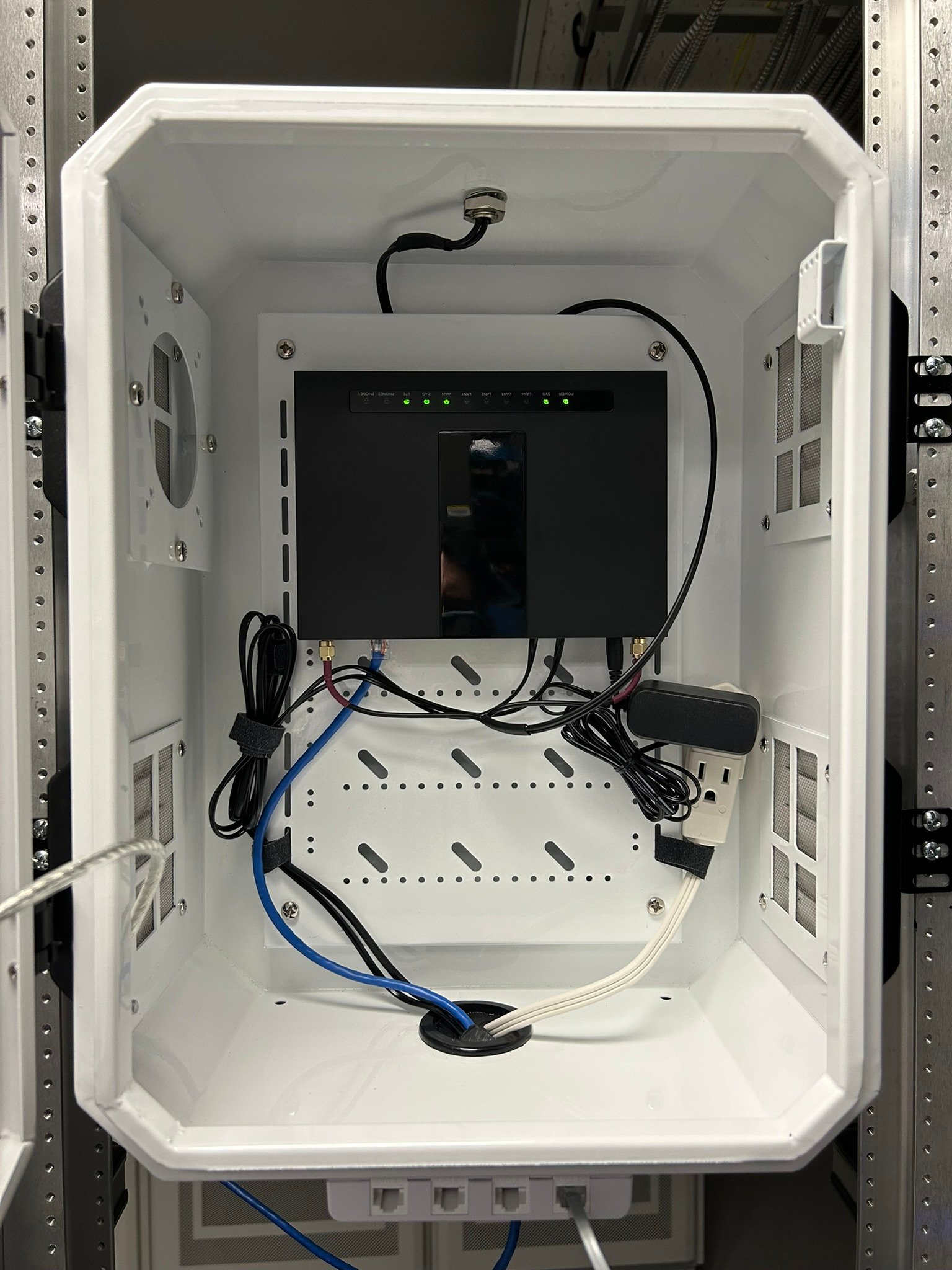The FCC gave telecom providers the green light to abandon copper phone lines.
Costs have skyrocketed, maintenance has dropped off, and thousands of businesses are being forced to act.
You’ve probably already felt it: a support ticket that takes weeks, a rate hike that triples your bill, or a sudden notice that a line will be shut off soon. These possibilities aren’t isolated incidents—they’re part of a national shift away from analog infrastructure.
In this post, we’ll break down what your business needs to know about POTS phone line replacement in 2025:
- Why copper lines are going away
- What that means for your business and compliance
- Which replacement options are best for critical lines like fire alarms, elevators, and security systems
- And how Atlantech|POTS can give you an all-in-one path forward
Let’s start with why this change is happening and why it matters now more than ever.
What are POTS Phone Lines and Why are They Disappearing?
POTS stands for Plain Old Telephone Service, those traditional analog copper lines used for decades to support voice calls, fax machines, security systems, fire panels, elevator phones, and more.
While POTS lines were once the backbone of business communication and infrastructure, they’re rapidly becoming obsolete.
In FCC Order 19-72A1, the Federal Communications Commission removed the requirement for telecom providers to maintain copper infrastructure, opening the door for full retirement.
Since then, carriers like Verizon and AT&T have moved aggressively to decommission their copper networks. These lines are no longer being actively maintained or repaired in many regions, and businesses still relying on them are being left in the dark.
Get Your Custom POTS Replacement Quote Today
Why POTS Phone Line Replacement is Now Urgent
POTS lines are disappearing, and even if your service is still “working,” it may not be for long.
Costs have exploded. Many businesses are seeing their monthly POTS line charges jump by 100-1,000%, often reaching hundreds of dollars per line. These are known as “copper surcharges,” and they’re intentionally designed to push businesses off analog lines.
Maintenance is no longer a priority. As carriers retire infrastructure, they're letting copper lines degrade. Many businesses report frequent outages, call failures, and multi-week delays for repairs, even when a technician is dispatched (if at all).
“We’ve had clients go weeks without realizing their elevator or fire panel line was down. When they called the carrier, they were told there was no plan to fix it. That’s when the urgency hits, but by then, you’re scrambling.”
— Ed Fineran, President, Atlantech Online
The risks extend far beyond cost and convenience. Many critical systems like elevators, fire panels, entry systems, and security alarms still rely on POTS lines. When those lines fail, it’s not just annoying, it’s a compliance and life safety issue.
What to Look for in a POTS Replacement Solution
Not every “digital phone” solution is up to the task. Here's what your business should require from any POTS replacement option:
- Compatibility with legacy analog hardware – So you don’t have to replace or rewire every device.
- Compliance with safety regulations – Solutions must meet NFPA 72, ADA, and other codes tied to fire/life safety systems.
- Built-in backup and failover – A reliable solution includes battery backup and LTE connectivity to keep systems online during power or internet outages.
- Ease of installation – Look for plug-and-play setups that don’t require a full IT team to configure.
- Centralized monitoring – Remote management saves time, reduces risk, and provides visibility across all your critical systems.
Introducting atlantech|POTS
Atlantech|POTS is a fully managed, all-in-one replacement for legacy POTS lines—explicitly engineered for modern business needs and compliance.
Included in every deployment:
- Certified hardware with RJ-11 analog ports and onboard LTE connectivity
- Wireless failover to ensure uptime in emergencies
- Battery backup with efficient low-power draw
- Remote management portal to monitor every line across every site
- Works with fire alarms, elevator phones, fax machines, security systems, and more
- One vendor, one invoice, one point of contact
It’s everything your team needs to protect your infrastructure—with no rewiring, no complex IT setup, and no compliance gaps.
Real Business Benefits of Switching Now
Delaying POTS replacement doesn’t just cost you money. It opens you up to operational, compliance, and safety risks.
Switching to Atlantech|POTS helps you:
- Cut costs by up to 80% compared to traditional POTS lines
- Eliminate service disruptions caused by degrading copper lines
- Avoid fines and inspection failures by ensuring life safety compliance
- Improve visibility and control with centralized monitoring
- Streamline operations with fewer vendors and simplified maintenance
- Increase resilience during storms, outages, and disasters
“This isn’t just about replacing phone lines. It’s about eliminating a huge operational blind spot. We give businesses a better way to run, monitor, and protect their most important systems.”
— Ed Fineran, President, Atlantech Online
Why Choose Atlantech as Your POTS Replacement Partner
Atlantech Online has spent nearly 30 years helping businesses modernize their communications infrastructure. We’re trusted by organizations across commercial real estate, healthcare, education, and government because we deliver more than just reliable service—we provide peace of mind.
Our clients count on us for fast deployment, transparent pricing with no surprise fees, and white-glove implementation that takes the burden off their teams. Whether you manage a single site or a national portfolio, we offer 24/7 support and a level of care that’s tough to find in telecom.
Above all, we’re known for doing what we say, when we say it, and getting the job done right the first time.
Get Ahead of the Phase-Out
The clock is ticking. Every month, more copper lines are decommissioned, leaving businesses like yours scrambling to replace failing systems.
Don’t wait until you’re dealing with a failed fire panel or a non-functional elevator help phone.
Make the switch now to a secure, compliant, and cost-effective POTS replacement solution.
Get Your Custom POTS Replacement Quote Today

